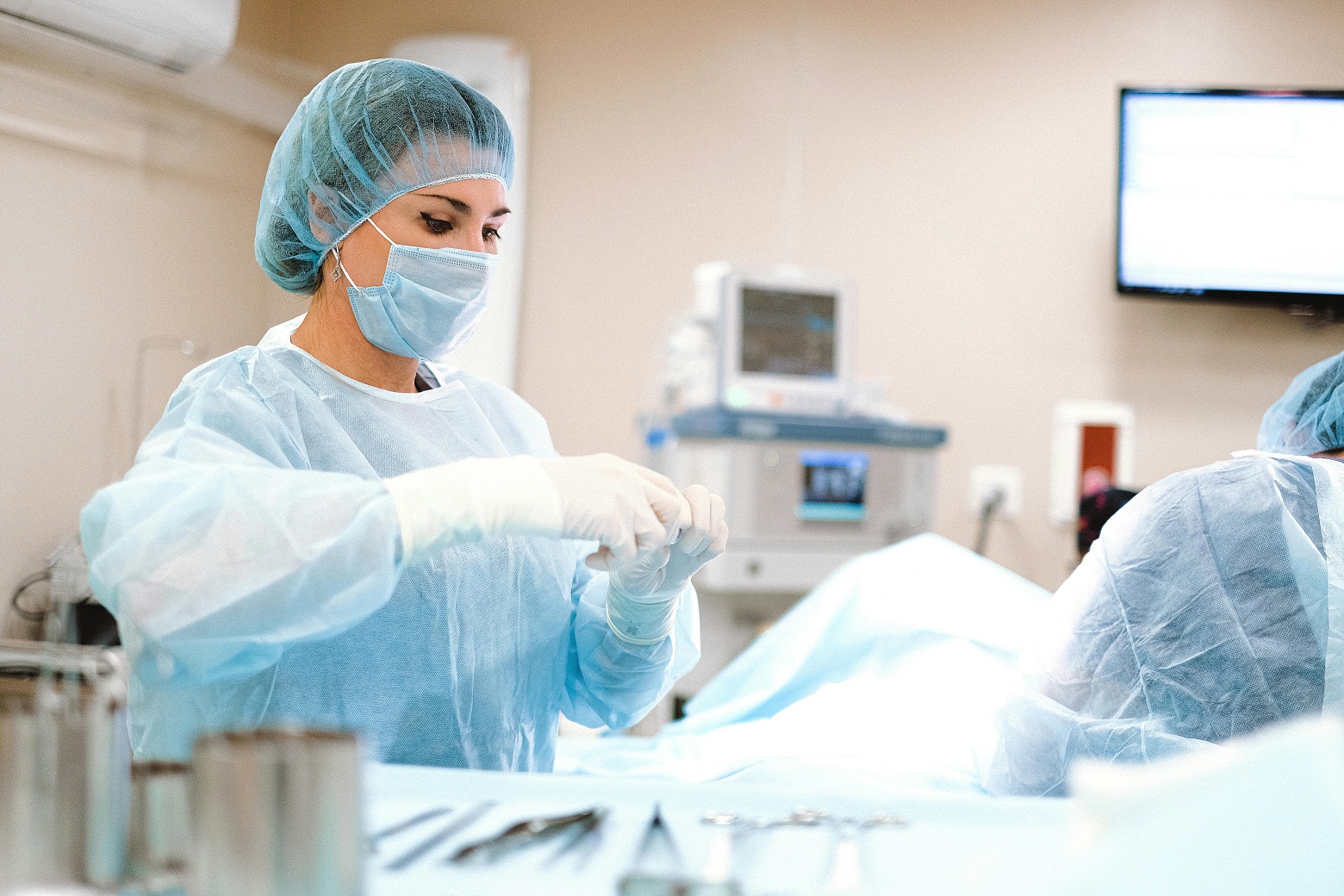

Vascular surgery is a medical specialty focused on diagnosing and treating conditions that affect the blood vessels, including arteries, veins, and the lymphatic system. The average person’s heart will pump around 1 million barrels of blood in their lifetime. The marvelous design of the circulatory system plays a critical role in maintaining overall health.
Vascular surgery plays a vital role in maintaining the body’s internal “plumbing,” ensuring the vascular system efficiently carries blood throughout the body. This medical specialty focuses on diagnosing and treating conditions affecting blood vessels, including arteries, veins, and the lymphatic system.
Vascular surgeons employ various techniques to maintain or restore the health of blood vessels outside the heart and brain. In this article, we’ll delve into the scope of vascular surgery, the types of procedures performed, and the qualifications needed to become a vascular surgeon. First, let’s examine a little more about the field of vascular surgery.
Vascular surgery refers to traditional open surgical procedures often used to treat blood vessel disorders. Typically, this involves making large incisions to gain direct access to the damaged blood vessels. Complex and severe cases, or those involving emergencies, may need to rely on this kind of care.
Endovascular surgery is a minimally invasive technique used to treat some vascular conditions. Instead of large incisions, this method uses small punctures or incisions to insert catheters and instruments into the veins or arteries. Imaging technologies like CT scans, MRI, or ultrasound guide the precise placement of instruments as they navigate through the vessels to the targeted area.
Endovascular procedures are praised for their precision in treating vascular diseases. They offer fewer side effects, less blood loss, and a shorter hospital stay.
Vascular surgeons specialize in treating a wide array of vascular diseases. Generally, they operate outside of the area of the brain, which is reserved for neurosurgeons, and the heart, the purview of cardiac surgeons.
This still leaves a large portion of the body that can succumb to vascular injuries. Let’s discuss a few of the medical problems that a vascular care team might address.
Abdominal aortic aneurysms are bulges or enlargements of the abdominal aorta, the largest artery in the body. It is the main supplier of blood to the lower part of the body. If an aneurysm ruptures, it can cause life-threatening internal bleeding.
Many consider an aortic aneurysm to be a “silent killer” because of the large number of asymptomatic patients. Many patients aren’t aware they have this vascular disease unless it is detected through imaging studies. However, some may experience deep, constant pain in their abdomen or back.
Patients with no symptoms and small bulges in this vessel may be monitored. Larger or symptomatic AAAs will often require open surgery or endovascular intervention to repair the problem.
Peripheral arterial disease, or PAD, occurs when the arteries that supply the limbs become narrowed or completely blocked due to atherosclerosis. This sticky plaque buildup of cholesterol, fat, and blood cells forms and reduces blood flow to organs and tissue and can lead to a dangerous blood clot. Diseases linked to atherosclerosis are the leading cause of death around the world.
Vascular interventions don’t necessarily have to involve open surgical treatment. In some cases, vascular surgeons can perform a minimally invasive procedure such as one of the following:
The carotid arteries supply blood to the brain. If these become blocked or narrowed it increases the likelihood of a stroke. A vascular surgeon may perform a carotid endarterectomy to remove the plaque buildup. An alternate treatment plan may be to place a stent.
Venous diseases run the gamut of severity. Often the clinical implications are highly dependent on the extent of diseases affecting quality of life. Healthcare professionals may closely monitor asymptomatic patients while attempting less invasive medical management through medications and lifestyle changes as a first step.
One type of venous disease is chronic venous insufficiency. It occurs when the veins in the legs cannot pump blood back to the heart efficiently. Blood pools in the extremities, causing a feeling of heaviness and enlarged vessels called varicose veins.
Treatment options for CVI and varicose veins may include compression therapy or medications. However, patients at a higher risk of severe problems or who experience pain symptoms may seek the help of a vascular surgeon. Procedures like vein ablation to block the offending vessel or a vein bypass procedure can be attempted.
Deep vein thrombosis is the formation of a blood clot in a deep vein such as the legs. Patients may experience swelling, pain, redness, and warmth in the affected limb.
Doctors consider surgical intervention standard practice for this emergency medical condition. If they don’t take action, the blood clot may travel to the lungs and cause a pulmonary embolism.
Vascular and endovascular surgery has come a long way over the decades in improving patient outcomes through advanced techniques. One of the most promising advances is the push in research and innovation into developing better treatment methods for vascular diseases, especially minimally invasive procedures.
Minimally invasive vascular surgery uses small incisions, needle punctures to access blood vessels. These typically use catheters, stents, or other specialized instruments guided by imaging technologies like ultrasound, CT, or MRI. Therefore, vascular surgery is frequently now a team-based approach to evaluating and treatment in patient care. What are some of the procedures included in the definition of vascular surgery?
Vascular surgery focuses on a minimally invasive approach to patient care. Surgeons attack vascular problems with a variety of surgical options. From blood vessel repair to cancer treatments and blood clot removal, vascular surgeons provide a valuable service as a separate specialty from general surgeons that may focus on open surgery.
Endovascular surgery techniques often address the danger of higher risk surgery through the application of advanced techniques that can minimize blood loss and shorten hospital stays. Consider the value of adding one of these specialists to your clinical care team to benefit from the latest minimally invasive technologies available in healthcare.

0 comments